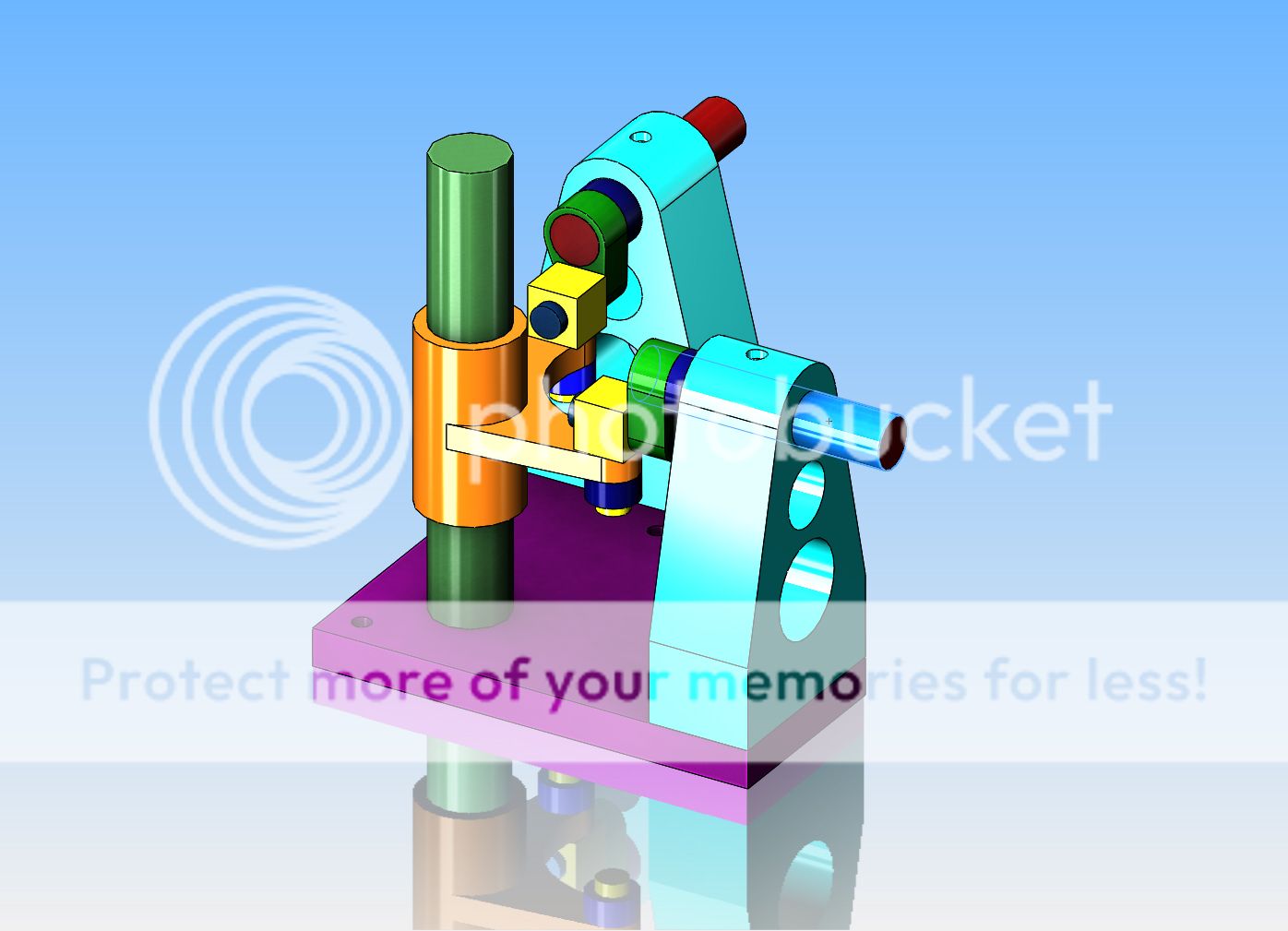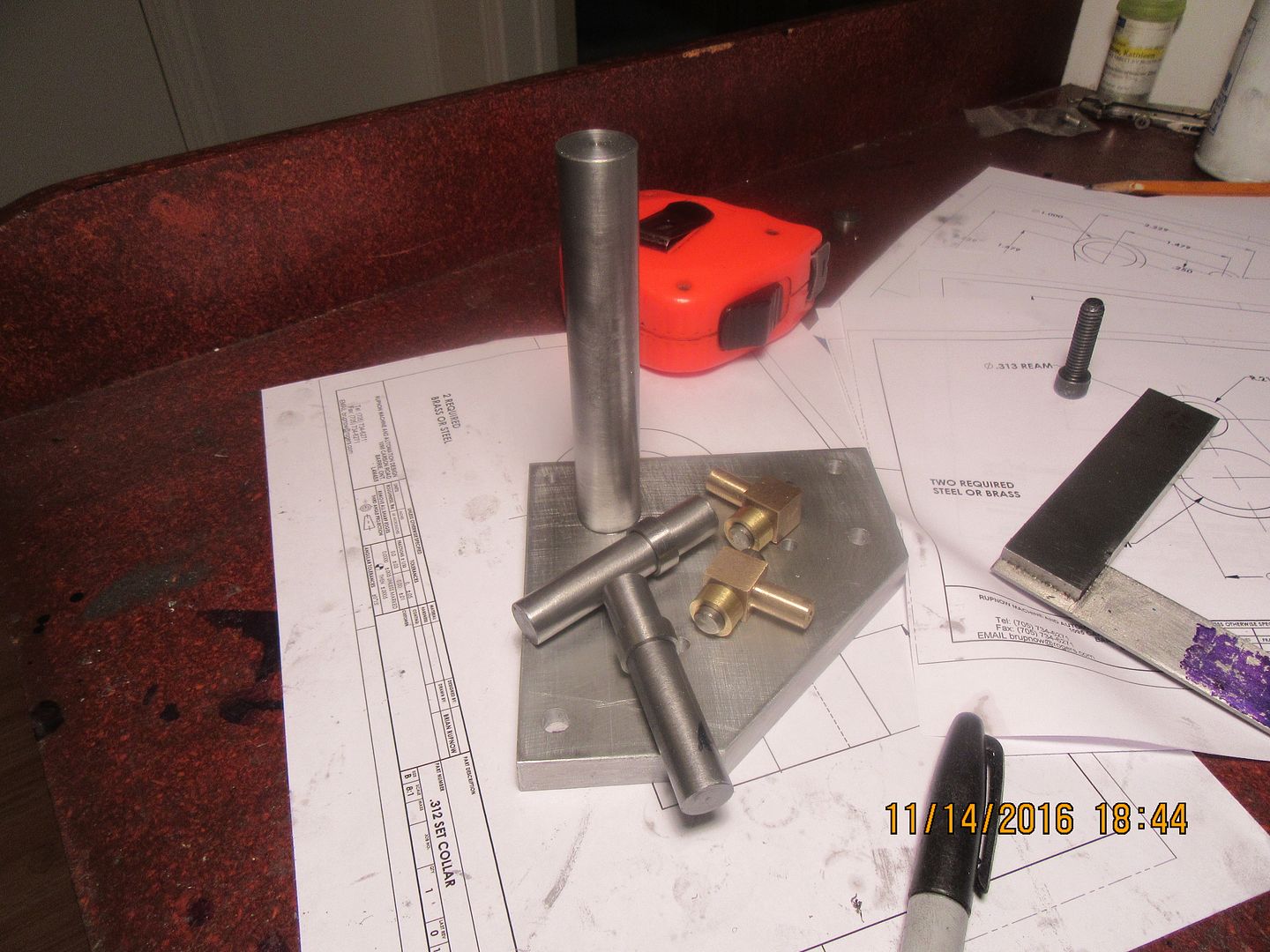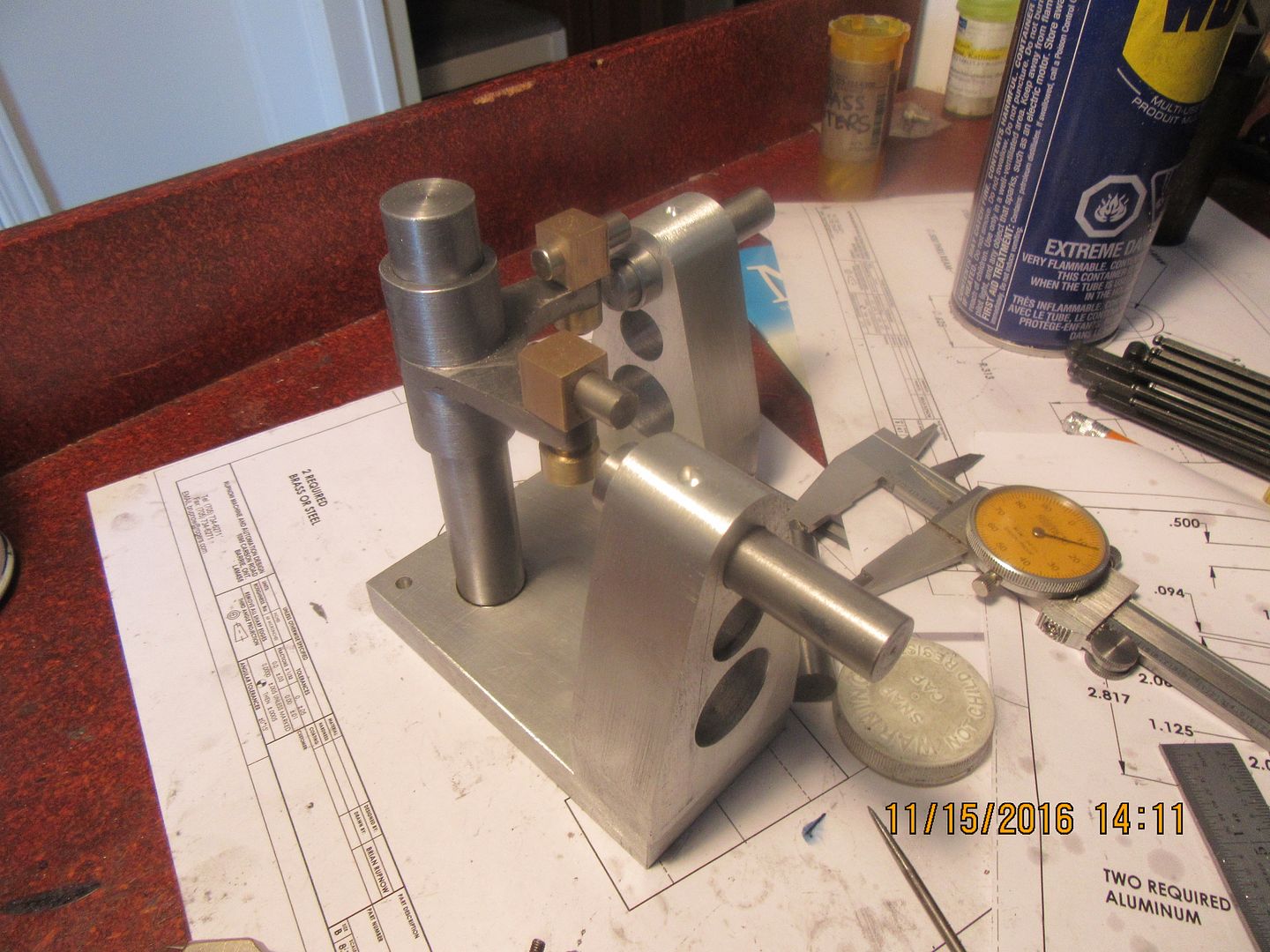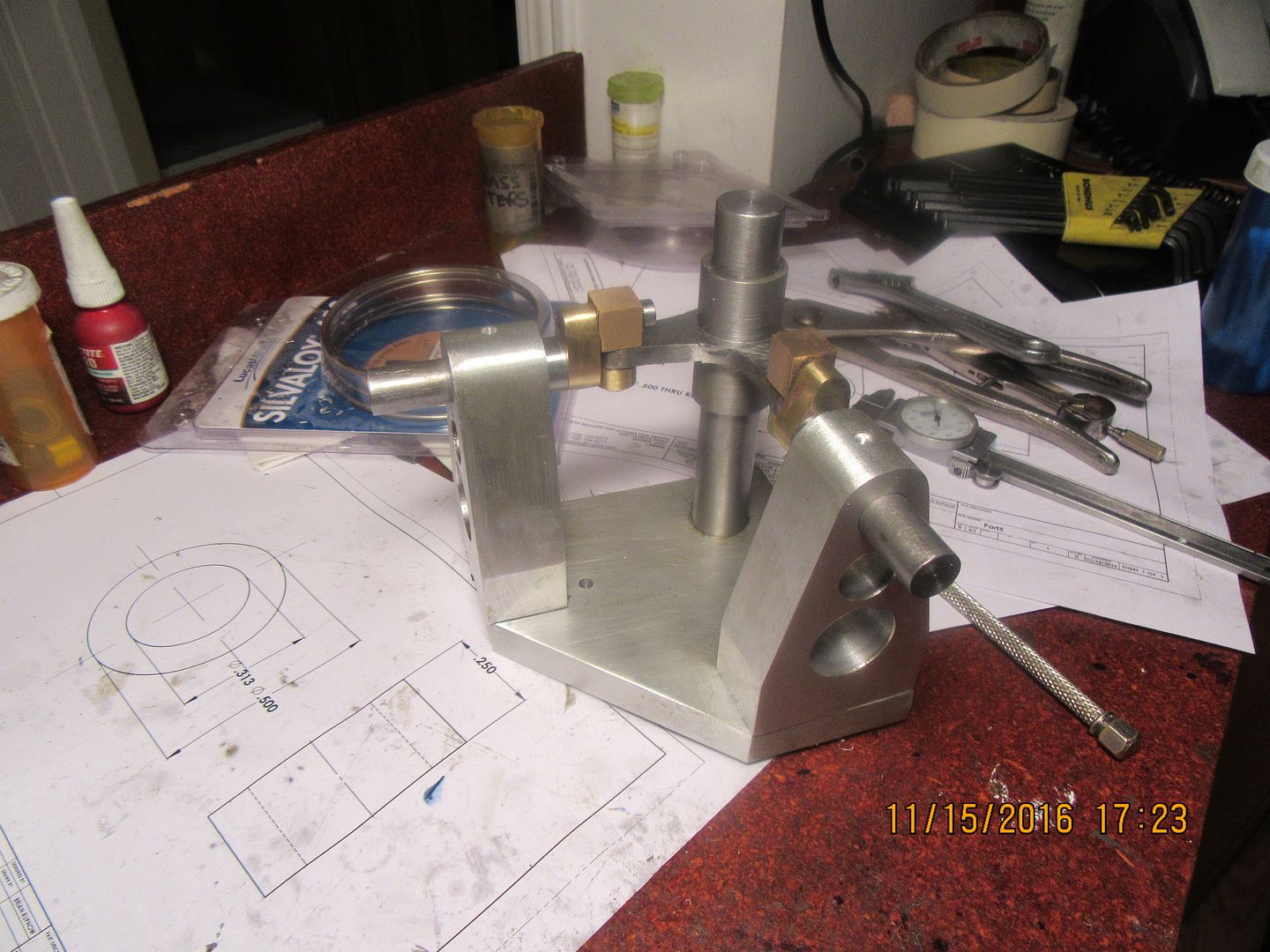Good wife and I just returned from the Princess Alexandra theater in Toronto. Seen a musical called 'Come from away', about the 7000 people who's planes were diverted to Gander air base in Newfoundland, Canada, during the 9/11 crisis. Sounds like a strange premise for a live play, particularly a musical. However, it was good. It was really, really good!! Made me laugh, made me cry, touched all the buttons that a good live musical will do. That was my dash of culture for this year.---Now---As for the strange 90 degree shaft joint-----when I first assembled everything, I coated all of the sliding and rotating members with grease. This worked, and did the job for the initial running, as you seen in the video. The longer it ran, though, the harder the drill had to work. It was stiffening up, not loosening up. My next amazing stunt was to reach for the can of spray on WD40 that I use when cutting aluminum in the mill or lathe. I gave everything that moved a liberal shot of WD40, which immediately washed out the grease and made the joint even stiffer. At this point I was wondering what I should do next, so I grabbed my squirt can of #40 automotive lubricating oil and gave everything a good squirt. This immediately fixed things and loosened everything up again.--My forensics on this, are that although the grease provided initial lubrication, it very soon loaded up with microscopic metal particles, as all of the rotating and sliding parts "wore in". All of the metallic particles were then held in suspension in the grease, and instead of a lubricant, the grease itself became a fluid abrasive and was jamming instead of lubricating. the WD 40 then washed out any of the remaining grease, and left basically a metal on metal situation. Then the #40 lubricating oil washed out the remaining metal particles and saved the day. I have sussed this out based on the greasy, gritty residue that has dripped onto the aluminum baseplate from the rotating joints.








